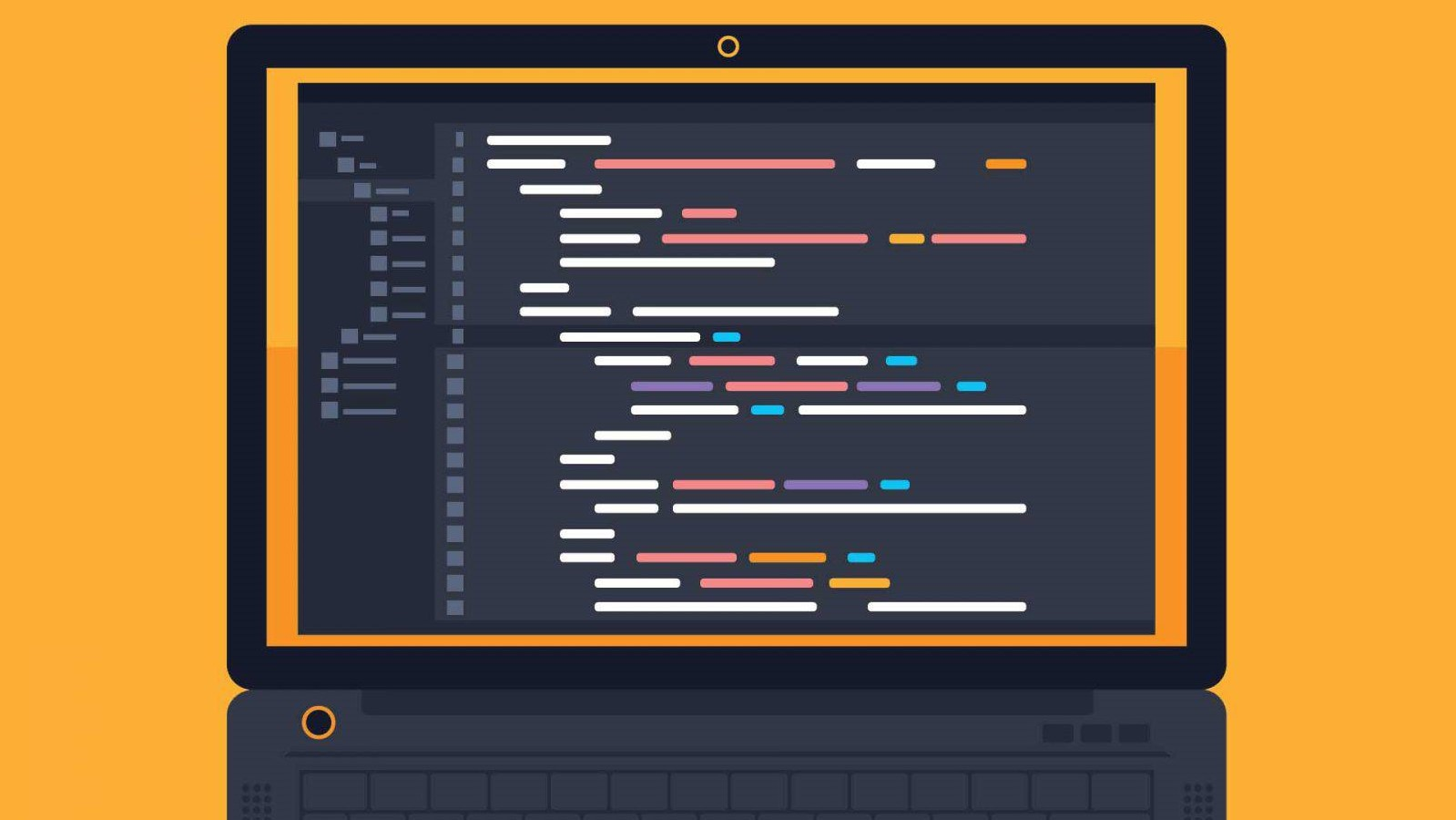I’ve seen this mistake many times, and I’ve made it myself. When you first read about the DRY programming concept, you probably misunderstood it.
What was going on in your head was this:
Wikipedia: DRY stands for not repeating the same code twice.
You: Hmm, ok I’ll replace all my duplications with abstraction.
And it seems like a good solution, but it’s not. Your abstraction is often wrong.
Here is why:
- You see duplication.
- You extract duplication into a new abstraction (method, class).
- You replace the duplication with the new abstraction.
- You think your code is perfect.
- Time passes.
- The product manager has new requirements. Your abstraction is almost perfect for them.
- You start to implement the new requirements.
- And here’s the little but:
- Your abstraction is almost perfect. Why? The new requirements affect only 95% of the old code you extracted into abstraction. The other 5% is not affected. And instead of creating a new abstraction with 95% copied code from the current one, you decide to change the code of your abstraction.
- You add a conditional statement,
if..elsefor example, and pass a parameter, so your abstraction can perform different actions for different decisions. - Now your abstraction behaves differently for different cases.
- Another new requirement arrives. Another additional parameter. Another new conditional. (Loop until code becomes very difficult to understand and maintain.)
- Congrats, you’ve created a wrong abstraction.
The code no longer represents a single, common abstraction. It becomes a condition-laden procedure. It’s hard to understand and easy to break. Adding new features is incredibly hard and every new feature complicates the code even more.
It’s an infinite loop.
So what to do?
Write Everything Twice.
#python #software-development #javascript #programming #mobile-development
